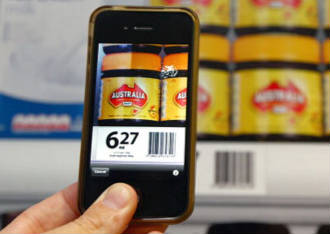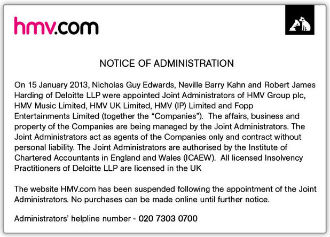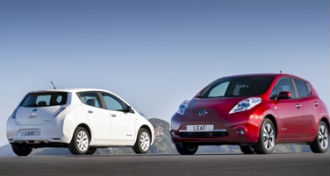 Best Buy has decided to unload its 50 percent share in Best Buy Europe to its joint venture partner Carphone Warehouse in a deal valued at £500 million.
Best Buy has decided to unload its 50 percent share in Best Buy Europe to its joint venture partner Carphone Warehouse in a deal valued at £500 million.
Under the terms of the agreement, Best Buy will receive £420 million in cash and £80 million in Carphone Warehouse stock, subject to a 12-month lock-up restriction. Best Buy also agreed to pay Carphone Warehouse £29 million to settle obligations stemming from existing agreements, some of which will be terminated when the outfits close the deal.
The transaction has already been approved by the boards of both companies and it should be finalized by June 2013.
“After reviewing the business and spending time with our partners, we concluded that the timing and economics were right to enter into this agreement with CPW,” said Hubert Joly, president and chief executive officer of Best Buy.
Joly went on to say that the transaction will allow Best Buy to simplify its business, improve its return on invested capital and strengthen its balance sheet.
“Each international market is different and the sale of our European operations should not suggest any similar action in our other international businesses,” said Joly.
The joint venture was launched in 2008, with Best Buy paying $2.15 billion for its share of Best Buy Europe.



















